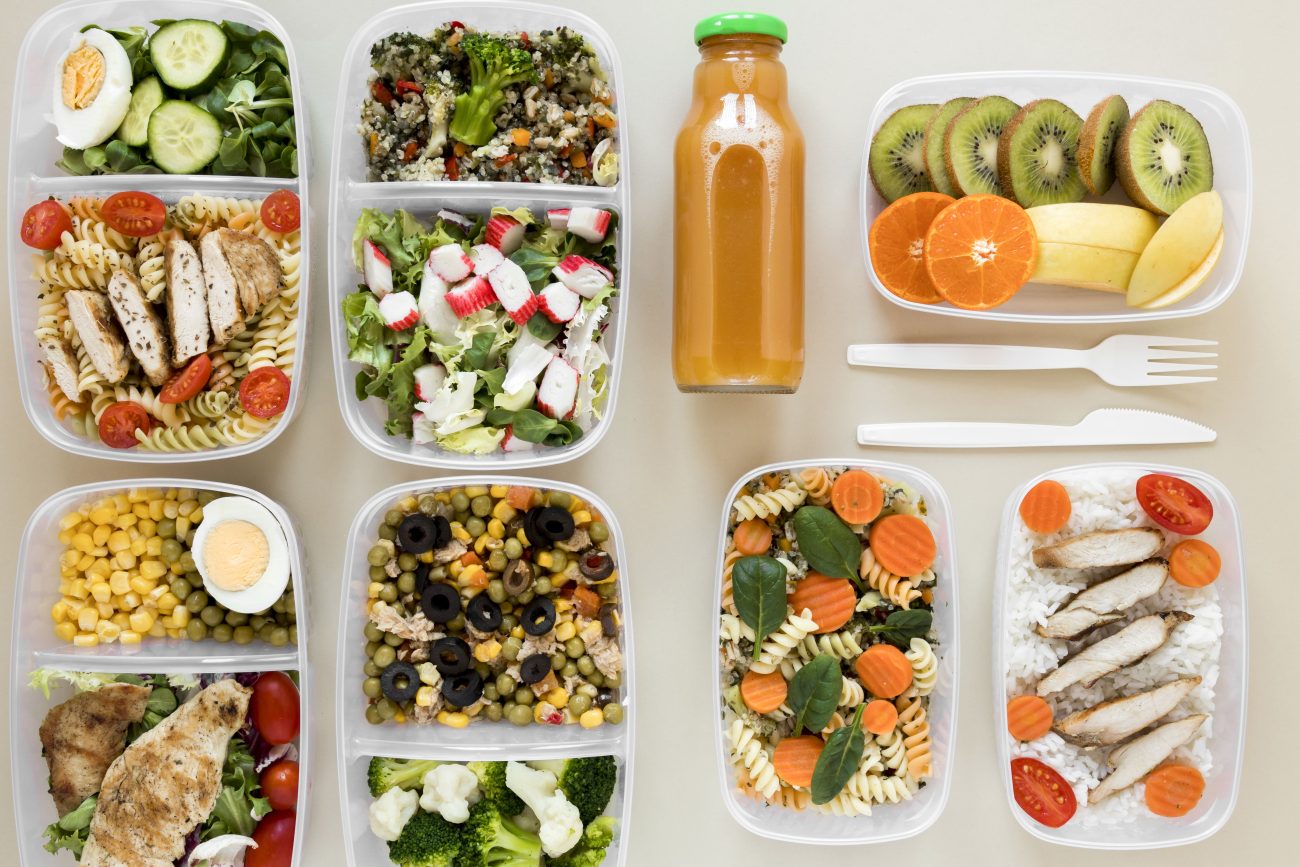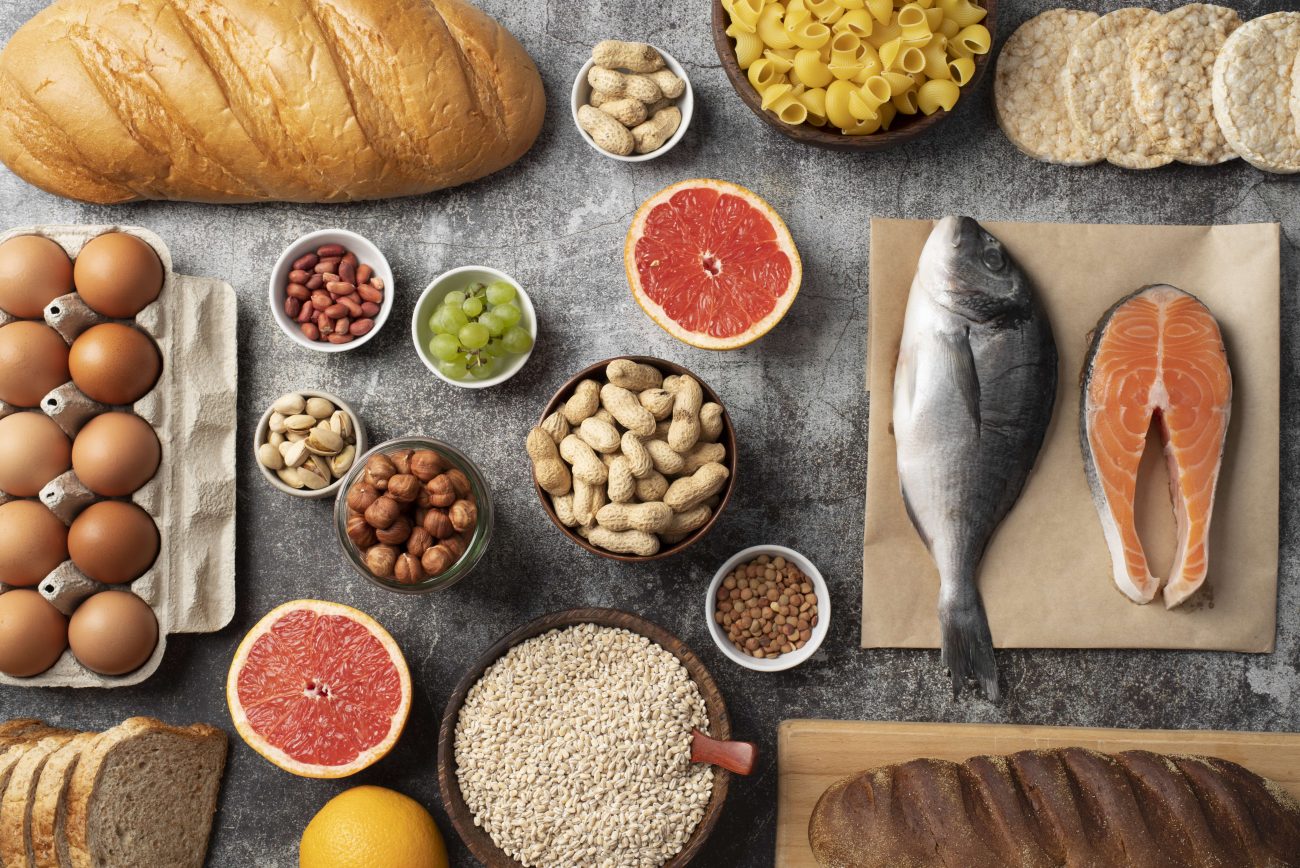How to Read Food Labels: A Guide to Making Healthier Choices
Learn how to interpret food labels and make informed decisions about the ingredients and nutritional content of the foods you eat. Introduction Reading food labels can feel overwhelming, especially when faced with unfamiliar ingredients and confusing health

Learn how to interpret food labels and make informed decisions about the ingredients and nutritional content of the foods you eat.
Introduction
Reading food labels can feel overwhelming, especially when faced with unfamiliar ingredients and confusing health claims. However, understanding how to interpret food labels is key to making healthier choices. This guide will break down the most important sections of food labels and help you make informed decisions about the foods you eat.
- The Importance of Reading Food Labels
Food labels provide essential information about the nutritional value, ingredients, and serving sizes of packaged foods. By understanding what’s on a label, you can:
Compare products more easily.
Identify healthier options.
Avoid unwanted ingredients, such as added sugars and unhealthy fats.
- Key Sections of a Food Label
Serving Size: Always start by looking at the serving size and how many servings are in the package. Be mindful that the nutritional information provided is based on one serving, not the entire package. If you eat more than one serving, you’ll need to multiply the nutritional values accordingly.
Calories: This section shows the amount of energy in each serving. The general rule is that 2,000 calories a day is used as a reference for overall nutrition, but individual needs may vary.
Macronutrients:
Total Fat: Look for foods that are low in saturated and trans fats. Instead, focus on unsaturated fats, which are healthier for your heart.
Cholesterol: Aim to keep cholesterol intake low to reduce the risk of heart disease.
Sodium: High sodium intake is linked to high blood pressure, so aim for foods that are low in sodium.
Total Carbohydrate: This includes both dietary fiber and sugars. Prioritize foods with higher fiber content and lower added sugars.
Sugar: Pay close attention to the amount of added sugars. Many processed foods contain large amounts of hidden sugars that can contribute to weight gain and increase the risk of chronic diseases like diabetes.
Protein: Protein helps build and repair tissues, so make sure you’re getting enough. Foods with high protein content include meat, dairy products, legumes, and nuts.
- Ingredients List
The ingredients list shows what’s in the product, with items listed by weight. The first few ingredients are the most prominent in the product. Some tips to consider:
Watch Out for Hidden Sugars: Sugar can be listed under various names, such as sucrose, highfructose corn syrup, cane sugar, or dextrose. If sugar is listed among the first few ingredients, the product likely contains a large amount of it.
Avoid Trans Fats: Look for terms like “hydrogenated” or “partially hydrogenated oils,” which indicate the presence of unhealthy trans fats.
Look for Whole Foods: Opt for products with simple ingredients, such as whole grains, vegetables, and nuts, rather than processed and artificial additives.
- Daily Value Percentage (%DV)
The %DV helps you understand how much a nutrient in one serving contributes to your daily diet. A %DV of 5% or less is considered low, while 20% or more is considered high. Here are some guidelines:
Aim for high %DVs of dietary fiber, vitamins, and minerals like calcium and iron.
Keep %DVs for saturated fat, cholesterol, and sodium low to reduce the risk of chronic conditions.
- Health Claims to Consider
Some food labels feature health claims like “lowfat,” “high in fiber,” or “organic.” These claims are regulated, but it’s important to know what they mean:
“Lowfat”: Contains 3 grams or less of fat per serving.
“Reduced sugar”: Contains at least 25% less sugar than the regular version, but it may still contain added sugars.
“Organic”: Refers to how the food was grown and processed but doesn’t necessarily mean it’s healthier. Always check the ingredients and nutrition facts.
Conclusion
Learning how to read food labels empowers you to make healthier choices and avoid harmful ingredients. By paying attention to serving sizes, nutritional content, and ingredient lists, you can select foods that align with your dietary goals and improve your overall wellbeing.



